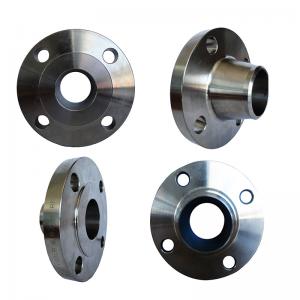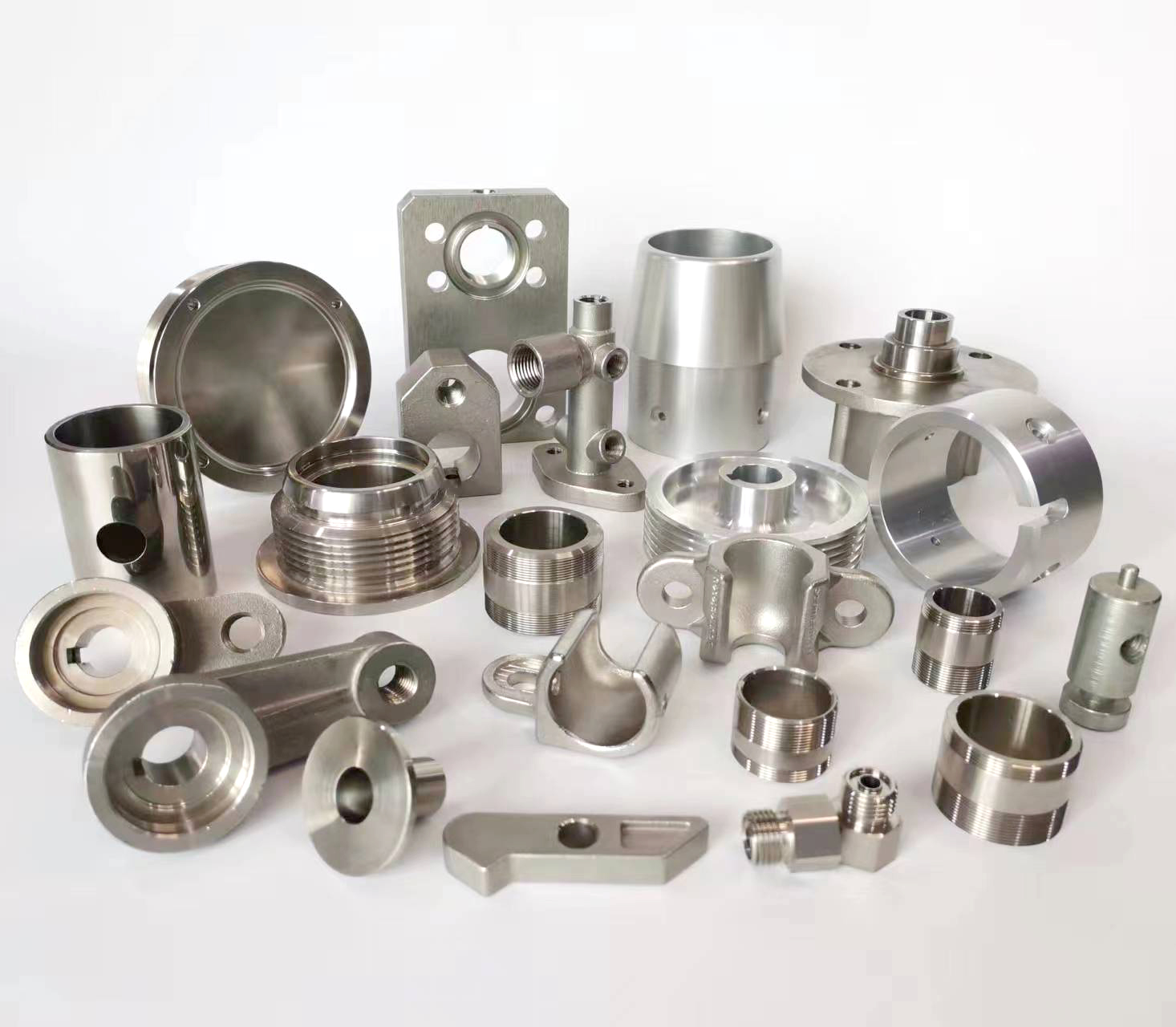
Here are common methods for removing rust from metal parts
Mechanical Removal Methods
Wire Brushing: Use a steel wire brush (manual or power tool attachment) to scrub off surface rust.
Abrasive Sanding: Progressively use coarse to fine grit sandpaper (80-220 grit) for precision parts.
Media Blasting: Professional method using compressed air to propel abrasive materials (sand, glass beads, or baking soda).
Chemical Solutions
Vinegar Bath: Soak parts in white vinegar for 2-12 hours. Effective for light rust.
Citric Acid Treatment: Mix 1:10 citric acid to water solution. Faster than vinegar (1-4 hours).
Commercial Rust Removers:
Phosphoric acid-based products (converts rust to stable coating)
Naval jelly for heavy corrosion
Always follow manufacturer instructions and use PPE
Electrolytic Derusting
Advanced method requiring:
Plastic container
Washing soda solution
DC power supply (5-12V)
Sacrificial steel anode
Process creates reverse electrochemical reaction preserving base metal.
Specialized Techniques
Ultrasonic Cleaning: Combined with rust-dissolving solutions in professional equipment
Dry Ice Blasting: Non-abrasive industrial method using sublimating CO2 pellets
Post-Treatment Protection
Immediate drying after process
Apply protective coatings:
Zinc-based primers
Rust-inhibiting paints
Clear lacquer for decorative items
Penetrating oils for tools
Safety Considerations
Wear chemical-resistant gloves and eye protection
Ensure proper ventilation
Neutralize acids with baking soda solution
Dispose of chemicals according to local regulations
Preventive Maintenance
Regular lubrication
Control humidity (use desiccants)
Apply paste wax to tools
Store in dry environment with vapor corrosion inhibitors
The optimal method depends on rust severity, part size/value, and available resources. For valuable antiques or precision components, consult conservation specialists.





